Facts about Benjamin Franklin
More interesting facts about Benjamin Franklin - Did you know Ben Franklin knew Dr. Guillotin, the man after whom the killing device used so prominently in the French Revolution was named? Or that Ben Franklin is an honorary inductee to the International Swimming Hall of Fame? Or did you know that Ben Franklin played Sudoku? Learn about this inventor, scientist, diplomat, publisher and contributor to the Declaration of Independence by reading on with Revolutionary War and Beyond!
There are lots of interesting and random facts about Benjamin Franklin listed on this page, but you can find a list of more basic facts about Benjamin Franklin here, such as his birthdate, date of death, children's names, occupations, offices he held and much more!
Interesting Facts about Benjamin Franklin
Quotes about Benjamin Franklin by others
- "His reputation was more universal than that of Leibnitz or Newton, Frederick or Voltaire, and his character more beloved and esteemed than any or all of them. ...His name was familiar to government and people... to such a degree that there was scarcely a peasant or a citizen, a valet de chambre, coachman or footman, a lady's chambermaid or a scullion in a kitchen who was not familiar with it, and who did not consider him as a friend to human kind. When they spoke of him, they seemed to think he was to restore the Golden Age." - John Adams, referring to Franklin's reputation in France
- "He seized the lightning from Heaven and the scepter from the Tyrants." - Anne Robert Jacques Turgot, Baron de Laune - April, 1778.
- "Would it not become us, gentlemen, to join in this religious act, to bear a part in this homage, rendered, in the face of the world, both to the rights of man and to the philosopher who has most contributed to extend their sway over the whole earth? Antiquity would have raised altars to this mighty genius, who, to the advantage of mankind, compassing in his mind the heavens and the earth, was able to restrain alike thunderbolts and tyrants. Europe, enlightened and free, owes at least a token of remembrance and regret to one of the greatest men who have ever been engaged in the service of philosophy and liberty. I propose that it be decreed that the National Assembly, during three days shall wear mourning for Benjamin Franklin." - Count Mirabeau, upon Franklin's death
Landmarks for Benjamin Franklin
- Franklin Court - Located on Market Street in downtown Philadelphia, Franklin Court is the location of Ben Franklin's former home and businesses, today there is a museum loaded with Franklin artifacts, demonstrations of eighteenth century printing techniques and an active post office, the only post office in the United States that does not fly an American flag over it due to the fact that the flag was not yet created in 1775. You can learn more about Franklin Court here.
- Benjamin Franklin House - This house is located on Craven Street near Trafalgar Square in London and is the only residence of Benjamin Franklin to have survived. It is currently open to the public and houses a museum and student center where students can reproduce Franklin's experiments and learn more about the subjects that interested him.
- The Franklin Institute - A museum in downtown Philadelphia named after Franklin. It houses the Benjamin Franklin National Memorial as well as numerous scientific and historical exhibits, including a large selection of Franklin memorabilia and one of the largest collections of memorabilia from the airplane flying Wright brothers.
- Benjamin Franklin National Memorial - Located in the rotunda of the Franklin Institute, this colossal marble statue of a seated Franklin stands 20 feet tall and weighs 27 tons.
- Benjamin Franklin Parkway - A main thoroughfare through Philadelphia, the Benjamin Franklin Parkway is home to many museums, parks and monuments, including the Philadelphia Museum of Art, the Rodin Museum, the Cathedral of Saints Peter and Paul and the Franklin Institute.
- Pennsylvania Hospital - Franklin cofounded this hospital in 1751 with Dr. Thomas Bond, the hospital is still operating today and has extensive grounds, historical artifacts, paintings and other interesting memorabilia associated with Franklin and early medicine in the colonies.
- Library Company - Ben Franklin helped found the Library Company of Philadelphia in 1731, the nation's first lending library. Over the years it became a repository of rare books, artifacts, fossils, works of art and other memorabilia. You can visit the Library today at 1314 Locust Street in Philadelphia.
- American Philosophical Society - Founded by Benjamin Franklin and friends in 1741, the society served as a meeting place to instigate instruction and learning in various fields including agriculture, astronomy, commerce, geography, medicine, history, chemistry and others. The The Society has 700 members today and is housed on Fifth Street in Philadelphia.
- Benjamin Franklin Bridge - this bridge spans the Delaware River from Philadelphia to Camden, New Jersey and was built in 1926.
- University of Pennsylvania - Franklin spearheaded the founding of this university in 1749. He served as the first president of the Board of Trustees and helped choose the original curriculum which included geography, logic, history, math and science.
- Franklin and Marshall College - This college was founded in 1787 in Lancaster, Pennsylvania and was named after Benjamin Franklin. It was originally called Franklin College and is still in existence today.
Interesting Facts about Benjamin Franklin
Benjamin Franklin Inventions
Benjamin Franklin was behind many inventions we know today. He never patented any of his inventions and held the belief that "As we benefit from the inventions of others, we should be glad to share our own...freely and gladly." Below is a list of some of his inventions.
- Bifocals
- Flexible urinary catheter
- Franklin stove
- Glass armonica
- Lightning rod
- Ferguson's Clock
- Streetlights
- Carriage Odometer
- Library chair
- Extension arm for reaching high books
- Swim fins
You can read more about these Benjamin Franklin inventions here.
Other interesting Random Facts about Benjamin Franklin
- Over 20,000 people attended Benjamin Franklin's funeral!
- Wolfgang Amadeus Mozart, the famous Austrian composer, composed a piece specifically for an instrument invented by Franklin, the glass armonica.
- When Ben Franklin's brother James died in 1735, Ben sent 500 copies of his popular Poor Richard's Almanack to James' widow for free so she could sell them and have some money with which to provide for herself.
- Ben Franklin ran away from Boston and sailed to Philadelphia at the age of 17 because his tyrannical brother James, to whom he was apprenticed as a printer, was so mean to him. Ben had a only a few cents in his pocket, but because he was so enterprising and such a hard worker he provided for himself, started several businesses and eventually became a very wealthy man.
- On December 23, 1750, Ben Franklin was shocked severely doing experiments with electricity while trying to electrocute a turkey!
- While Ben Franklin lived in London in the 1750s he was an acquaintance of Captain James Cook, the famous British seaman who was the first European to explore the east coast of Australia and the Hawaiian islands. He also met other figures such as Adam Smith, author of Wealth of Nations, and David Hume, author of History of England.
- Ben Franklin crossed the Atlantic eight times in his lifetime, at a time when the average person never strayed more than twenty miles from his home during his entire life. Overall he spent 27 years overseas, mostly in England and France.
- As a young boy Ben Franklin desired to be a seamen, but his father Josiah discouraged this. He wanted Ben to become a minister, but could not afford to send him to a seminary and instead had him apprenticed as a printer to his older brother James. The reason Josiah didn't want Ben to go to sea was that he had already lost a son at sea. Josiah Franklin, Jr. was lost at sea in 1715 and was never heard from again.
- Franklin witnessed the coronation of George III as King of England on September 22, 1761. This is the same George III that was King at the time of the Revolutionary War against whom Franklin and the other colonists rebelled.
- Benjamin Franklin was appointed Postmaster of Philadelphia in 1737, Joint Postmaster General of the colonies for the Crown in 1753, and Postmaster for the United Colonies in 1775. Mail service times between major cities in the United States were cut in half during Franklin's tenure and through his hard work, at a time when it could take two weeks for a letter to go from Philadelphia to New York!
- In the 1780s there existed a United States territory called the "State of Franklin," which was named after Ben Franklin. The territory was never admitted to the union as a full fledged state. The territory comprising the State of Franklin is today part of eastern Tennessee.
More interesting Facts about Benjamin Franklin
- When he was younger, Ben Franklin held the commonly held belief of British citizens of the day that African people were intellectually inferior to whites. He had two slaves himself and often published ads regarding the sale of slaves in his newspapers. Later in life though, Franklin had a change of heart, partly due to visiting a school where Africans were being taught to read and write. He decided that blacks were not inferior in any way to whites. He became an ardent abolitionist and a leading member of the Society for Promoting the Abolition of Slavery and the Relief of Negroes Unlawfully Held in Bondage. He became the first president of the Pennsylvania Society for Promoting the Abolition of Slavery in 1787.
- There are counties in 16 states named after Benjamin Franklin.
- Franklin was a strong proponent of agricultural learning and development. This was one of the primary reasons for his creating the American Philosophical Society, to create a place for likeminded individuals to share and exchange farming knowledge and techniques to increase agricultural output, as well as exchanging knowledge in other scientific fields. He is also credited with introducing several European plants to the Americas, including Swiss barley, Chinese rhubarb, kohlrabi and Scotch kale.
- Ben Franklin's son William was commissioned Royal Governor of New Jersey on September 9, 1762. During the American Revolution William remained loyal to the Crown of England and fled to England after the war. He was never reconciled to his father.
- In January 1776, Ben Franklin's son William who was Royal Governor of New Jersey was removed from office by the New Jersey militia acting on orders of the Continental Congress, of which Ben Franklin was a part. In June, William was arrested and put in prison in Connecticut, his father making no effort to defend him.
- In the summer of 1765, colonists were rioting against the Stamp Act. Franklin was in London as agent of the Pennsylvania Assembly and had appointed Pennsylvania's stamp distributor. This led to rumors that Franklin actually supported the Stamp Act, which he did not. On September 16 and 17 an armed mobbed attacked Franklin's house causing his wife Deborah to arm herself. Fortunately a group of about 800 supporters of Franklin came out to combat them and prevented the mob from destroying Franklin's home with Deborah inside!
- As a young apprentice in his brother James' printing shop, Ben Franklin desired to write articles to contribute to the Courant, James' newspaper, which was Boston's first homegrown newspaper. However, James was very disrespectful and cruel to young Ben and he denied Ben a request to publish an article in the paper. Ben came up with the ingenious idea of writing articles under the pen name Silence Dogood, an opinionated and supposedly widowed elderly woman who wrote on many topics of the day, especially about the unfair treatment of women. Ben would slip the letters secretly under the newspaper's door at night. The letters were published in the Courant and were a smash hit with the public. Everyone wanted to know who the real Silence Dogood was. Finally, after 16 letters, Ben confessed that he had been writing the letters. Instead of congratulating and encouraging Ben, James was furious with him and punished him because he was so jealous of all the attention given to Ben's writings.
- Benjamin Franklin was sent to France by the Second Continental Congress in the fall of 1776 to enlist French aid against the British. Franklin was largely responsible for securing French financial support and military support. The Treaty of Amity was signed in 1778 and guaranteed French troops, supplies and finances to help the Americans win Independence from England. Franklin was one of the chief American negotiators of the treaty, along with Silas Deane, Conrad Gerard and Arthur Lee.
- In June of 1754, representatives from seven colonies met at Albany, New York to discuss ways to protect themselves from the French military. Ben Franklin proposed a confederation of the colonies that was the first formal plan to unite the colonies. Of course his plan was not adopted at this time and the final Albany Plan did not reflect his plan for unification.
- Ben Franklin taught himself to read French, German, Italian, Spanish and Latin!
- Benjamin Franklin never finished his autobiography, but it remains to this day the most widely printed autobiography in history and has never gone out of print.
- Shortly after arriving in Philadelphia penniless at the age of 17, Ben Franklin became acquainted with Pennsylvania's Royal Governor, Sir William Keith. Sir Keith was impressed with Franklin's printing abilities and suggested that Franklin go to London to buy printing equipment to bring home to set up a new printing shop. Keith said he would finance the trip and the equipment. Upon arriving in London, however, Sir Keith reneged on his financial promises and Ben was left stranded on the other side of the ocean. He worked for two years as a printer in the shops of famous London printers Samuel Palmer and John Watts to earn enough money to come home to Philadelphia.
- Benjamin Franklin was a huge celebrity in France due to his famed electricity studies, as well as his being a "natural man." The French at the time considered Americans to be closer to an ideal human state because America was more rustic and backwoodsish compared to the urban centers of Europe. This is the reason Franklin always wore the coonskin cap while in France, to play up this "natural man" image. Franklin's fame was so incredible in France that even he had a hard time believing it. He wrote this comment to his daughter back in America, "My picture is everywhere, on the lids of snuff boxes, on rings, busts. The numbers sold are incredible. My portrait is a best seller, you have prints, and copies of prints and copies of copies spread everywhere. Your father's face is now as well known as the man in the moon."
- Ben Franklin was and still is so beloved in France that many French people today believe that he was once President of the United States! They'll say, "Franklin was the best President America ever had!"
- The Library Company which was started by Ben Franklin in 1731 as the country's first subscription library eventually housed its books in Independence Hall in Philadelphia. This is the same Independence Hall in which the Continental Congress met to coordinate their plans against Great Britain. Members of Congress used books from the library during their stay in Philadelphia.
- Ben Franklin suggested that the Turkey be the national bird instead of the bald eagle!
- Franklin met Louis XV of France at Versailles in 1767.
- Ben Franklin was presented to King Louis XVI of France on March 20, 1777 as one of the American commissioners after signing treaties of alliance, amity and commerce with France.
- Jean Antoine Houdon, the famous French sculptor, created a bust of Benjamin Franklin in 1778. It was such a perfect image of Franklin and won such acclaim that Franklin was later involved in bringing Houdon to the United States to have him make a complete statue of George Washington, which still stands today in the rotunda of the state Capitol in Richmond, Virginia.bust
- Benjamin Franklin was the oldest person to sign the Declaration of Independence, at the age of 70.
- Franklin assisted in the initiation of Francois-Marie Arouet, better known as Voltaire, into the Masonic Lodge of the Nine Sisters in France in 1777. Voltaire was one of the most influential philosophers and writers of the Enlightenment, whose writings influenced both the American and French Revolutions. On November 28th of that year, Ben Franklin presided over the Masonic funeral services for Voltaire.
- At one time in his childhood, there were thirteen siblings living at home in young Ben Franklin's house. There was an entire generation between the youngest and eldest children.
- In 1778, Franklin, Massachusetts became the first town in America to be named after an American. The citizens of the West Precinct of Wrentham named their town after Benjamin Franklin to honor the newly signed Treaty of Paris, which marked France's agreement to join in the American Revolution against the British. The citizens of Franklin asked its namesake to bestow a gift of a church bell upon the town. Instead Franklin sent them over a hundred books to start a public library. The books still exist today in the Franklin Public Library - the oldest public library in the United States!
- John Paul Jones was the greatest American naval hero of the Revolutionary War. He named his ship the Bonhomme Richard, which is French for Poor Richard, after Ben Franklin's wildly successful Poor Richard's Almanack.
- Ben Franklin thought it was every person's duty to be involved in local community affairs. Consequently he was the instigator behind many public improvements in Philadelphia in his day, including the nation's first subscription library and volunteer fire department. He was also behind the creation of the Pennsylvania Hospital, the American Philosophical Society and the Philadelphia Contributorship for Insurance Against Loss by Fire, which insured people against loss of their property in a fire.
- Ben Franklin was a pivotal player in the battle that caused the death of British General Edward Braddock, general of the British colonial forces at the beginning of the French and Indian War. A young Major George Washington served as Braddock's senior aide. Ben Franklin was responsible for sequestering wagons, horses and supplies for the mission to take the French Fort Duquesne, now Pittsburgh, in order to prevent the French and Indians from taking the Pennsylvania back country. Franklin pledged his personal fortune to the local farmers who gave up their wagons and horses, promising to pay for their goods if the British government failed to compensate them. The mission failed. The British troops were ambushed by the French and Indians. General Braddock was killed and all the supplies were lost. A young Lieutenant George Washington led the survivors to safety. Franklin's personal fortune would have been decimated if he had paid for the lost supplies, but Braddock's successor William Shirley was an old friend of Franklin's and he paid for the supplies out of the treasury of the army.
- At the age of 80 Ben Franklin built an addition onto his house because he thought it was too cramped. He added a dining room and a large library to hold his 4,000 books!
- The city of Philadelphia contains about 5,000 likenesses of Benjamin Franklin, about half of which are on the campus of the University of Pennsylvania, a university which Franklin was instrumental in founding.
- On December 14, 1774, Deborah Franklin, Ben Franklin's wife, suffered a stroke in Philadelphia. She died on December 19th at the age of 66. She had not seen Ben in ten years. He had been in England all that time representing the colonies before the Crown.
- Ben Franklin was an avid swimmer. He learned to swim at a young age, even creating his own swim fins. He was a proponent of universal swim lessons, lifeboat rescue from shipwrecks and was a swim coach. For his contribution to the sport of swimming he was inducted posthumously into the International Swimming Hall of Fame in 1968!
- Ben Franklin has been inducted into FOURTEEN halls of fame! The World Chess Hall of Fame, the United States Swim Schools Association Hall of Fame, the American Mensa Hall of Fame, the Cooperative Hall of Fame, the CIA Hall of Fame, the International Swimming Hall of Fame, the Pennsylvania Swimming Hall of Fame, the Health Care Hall of Fame, the Boston Latin School Hall of Fame, the Hall of Fame for Great Americans, the Electrostatics Hall of Fame, the Self-Publishing Hall of Fame, the Insurance Hall of Fame and the Direct Marketing Association Hall of Fame, to which Franklin was just inducted in 2004 for producing the first catalog in the United States. The catalog sold academic and scientific books and came with a money back guarantee.
- Benjamin Franklin was a close friend of the most famous evangelical preacher of his day - George Whitefield. Whitefield was from England but made numerous trips to the colonies. Franklin often had Whitefield as a guest in his home and printed all of his works for distribution in the colonies. Whitefield was probably the most well known person in England and the colonies. His celebrity was so great that crowds of 20,000 or more would gather to hear him preach. He could preach so loudly that the entire crowd could hear him even without modern loudspeakers, a fact made reference to by Ben Franklin in his autobiography!
- Franklin used the game of chess to learn the Italian language. He and a friend were learning Italian at the same time and the loser of the game would be challenged by the winner with a certain task, such as learning a particular part of Italian grammar, which was to be learned and demonstrated before the next game.
- Benjamin Franklin used leaf prints on the currency he printed to thwart counterfeiting.
- In 1781 at the Constitutional Convention, Benjamin Franklin was 81 years old and the oldest representative to the Convention. He suffered from so many ailments by this time that he was often carried to the meetings in a sedan chair that was carried by four convicts.
- In March 1784, Ben Franklin was appointed by Louis XVI, along with several others, to investigate F. A. Mesmer's theories of animal magnetism, a controversial healing practice that he developed. Mesmer's followers included such historical figures as Wolfgang Amadeus Mozart and Marie Antoinette. Mesmer's practices and beliefs were debunked by the commission and he quickly lost popularity. Some of the other commissioners conducting the investigation were famous in their own right. One of them was Antoine Lavoisier, known as the Father of Modern chemistry, who discovered and named oxygen and hydrogen, helped create the metric system and put together the first extensive list of chemical elements. Jean Bailly, the mayor of Paris was also on the commission. Another member of the commission was Joseph Guillotin, after whom the execution device was named. Guillotin did not create the device, but had the idea for using it as a quick means of punishment. He was a French doctor and, believe it or not, the guillotine was not intended by him to be a cruel method of killing someone, but was his idea to lessen the pain of someone being executed. In that day people were often decapitated with an axe or sword and the person didn't always die immediately. So... yeah, their heads were partially cut off, but not all the way, gross eh? What became known as the guillotine made it a lot quicker and with less pain! Ironically, both Lavoisier and Bailly both lost their heads to the device named after Dr. Guillotine during the French Revolution!
- Benjamin Franklin played Sudoku!! - In his youth Ben Franklin often passed his time by playing Magic Squares, which in today's language is the Japanese game of Sudoku!
- On July 12, 1785, Ben Franklin left Paris to return home to Philadelphia after nearly ten years as the American minister to France. He suffered from gall bladder stones at the time that made coach travel very painful. He was honored with one of Queen Marie Antoinette's litters by which to travel, and borne by Spanish mules!
- Ben Franklin avidly studied weather systems. He created one of the first accurate explanations of storm movement in the Northern Hemisphere and also made many accurate observations about the Gulf Stream, which carries warm water from the equator north through the Atlantic. He accurately predicted that ships would travel faster going east if they sailed in the Gulf Stream, and would travel faster going west by avoiding it. He also created an accurate map of the Gulf Stream.
- While in Paris in 1783, Franklin was among the first people to see the first manned hot air balloon flight that launched from the Champs de Mars, now the site of the Eiffel Tower.
- In 1784 Ben Franklin wrote a letter to the Journal of Paris suggesting that laws be enacted to force people to wake up with the morning sun and go to bed earlier in the evening. The letter was apparently intended to be humorous, but it was later republished under the title An Economical Project. Some people believe this article was the instigation behind what we now call Daylight Savings Time.
- It was considered a sin to be born on a Sunday in Puritan times. If someone was born on a Sunday, it was believed they were conceived on a Sunday as well and, since Sunday was supposed to be a day of rest, the parents had therefore sinned by conceiving on a Sunday. Puritans believed that if a child was thus conceived, he was born in sin and was a child of the devil at birth! Josiah Franklin, Benjamin's father, didn't want young Ben to grow up with this stigma through life, so he had him baptized immediately on the day he was born. In baptism one is dedicated to God and this was enough to remove the stigma for young Ben!
- Click here for our first page of facts about Benjamin Franklin, which contains basic facts such as birthdate, date of death, names of children, occupations, offices he held and lots of other interesting facts about Benjamin Franklin.
- You can also read the interesting story of Benjamin Franklin and Electricity here.
- Read about Benjamin Franklin Inventions here,
- Or read Ben Franklin Quotes here.
If you enjoyed reading these facts about Benjamin Franklin, you will also like to read the following Revolutionary War Facts:
- George Washington Facts
- Thomas Jefferson Facts
- James Madison Facts
- Samuel Adams Facts
- John Adams Facts
- Paul Revere Facts
- John Hancock Facts
- Betsy Ross Facts
Revolutionary War and Beyond Home
Like This Page?
© 2008 - 2022 Revolutionary-War-and-Beyond.com Dan & Jax Bubis


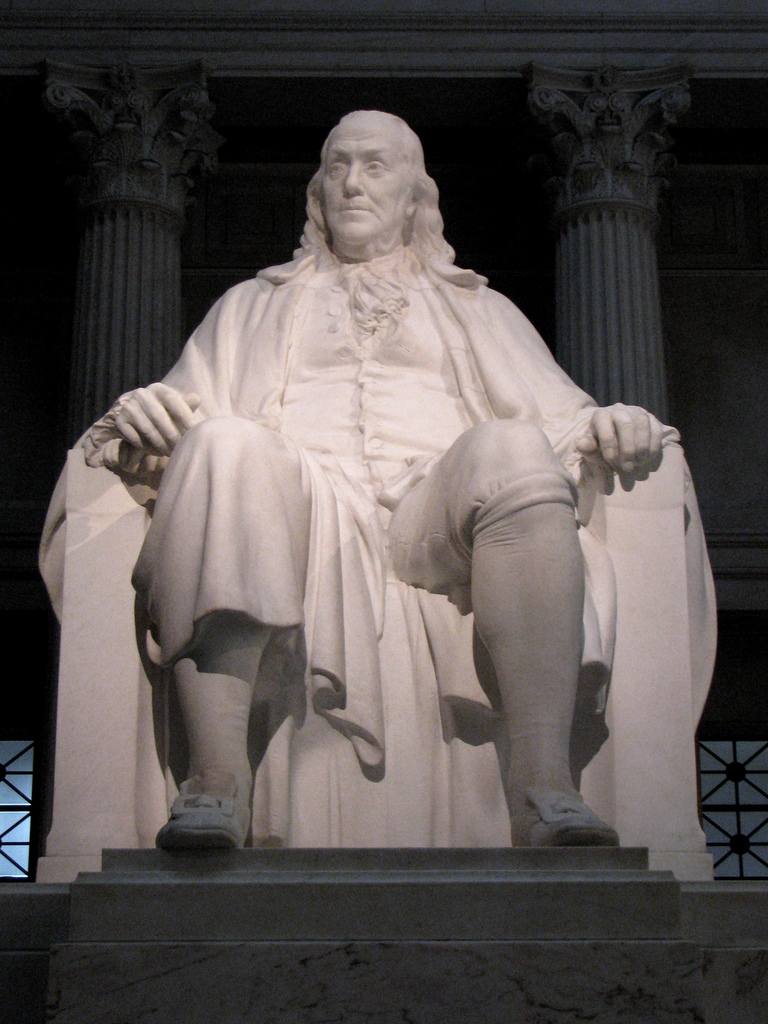
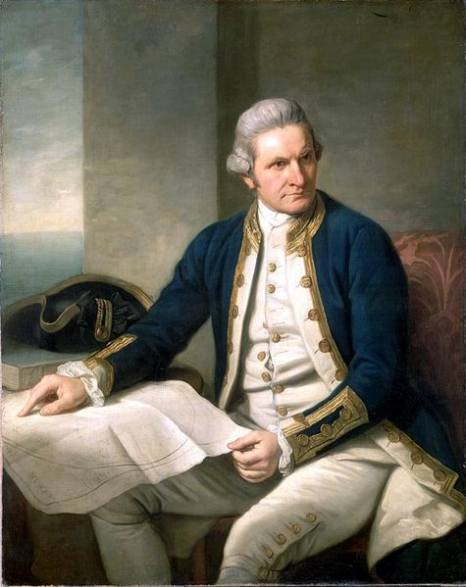

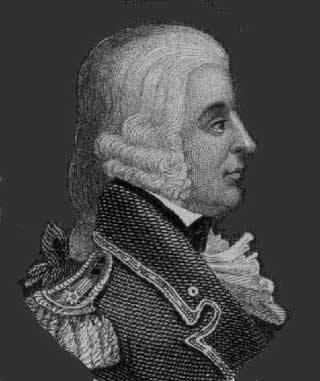
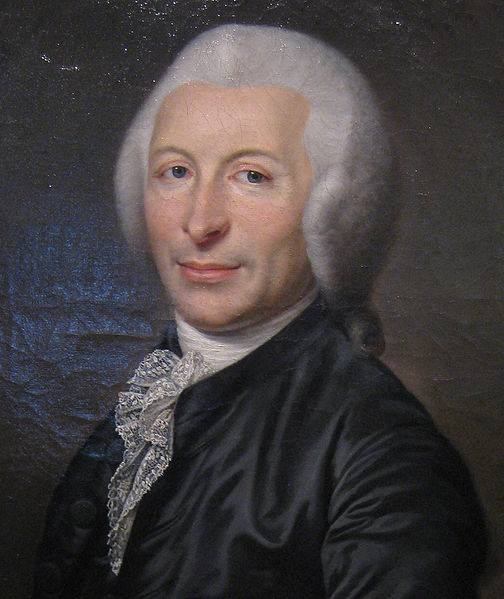
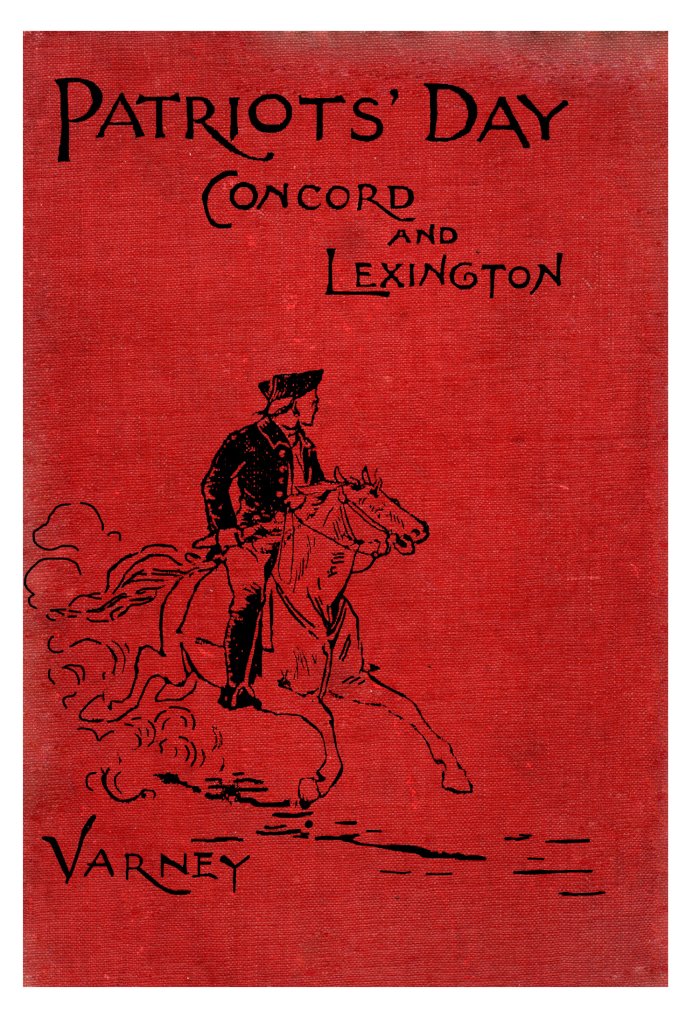
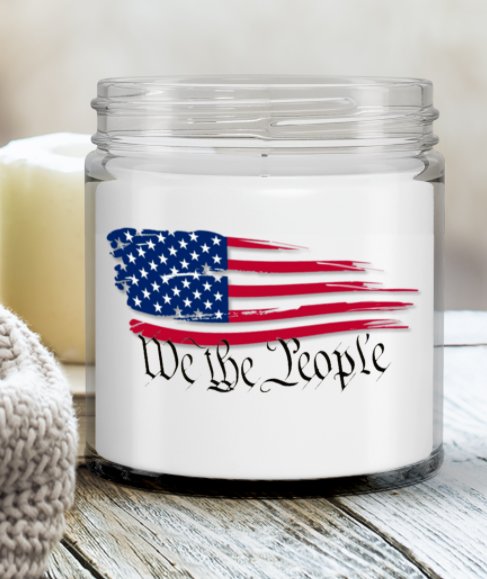







Facebook Comments